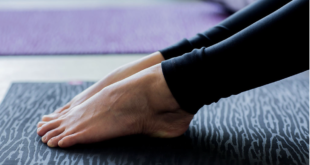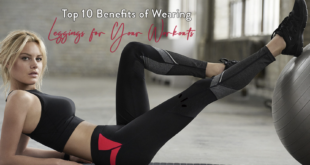
As summer arrives, so does the onset of hiking season. With melting snow, blossoming wildflowers, and inviting trails, it’s time to answer nature’s call. Yet, this resurgence often prompts the realization that your current footwear won’t suffice, whether your sneakers lack traction or your hiking shoes have reached retirement age. We understand the sentiment—parting with beloved shoes is tough, and embarking on the quest for replacements can be daunting. But fret not. We’re here to demystify the process of selecting hiking shoes, ensuring you swiftly return to the trails.
Understanding Hiking Shoe Varieties
The initial step in procuring hiking shoes is identifying the type that best suits your needs. In the realm of hiking footwear, three primary options exist: trail running shoes, hiking shoes, and hiking boots. Each category boasts distinct advantages and drawbacks, which we’ll delve into meticulously.
Trail running shoes

In terms of traction, trail running shoes and hiking shoes typically offer similar performance. However, trail running shoes may feature specialized treads tailored to specific conditions, such as mud and wet terrain, whereas hiking shoes often have a more versatile tread pattern suitable for various surfaces.
Overall, hiking shoes strike a balance between the lightweight comfort of trail running shoes and the robustness of hiking boots. They provide greater support than trail running shoes without the bulkiness of hiking boots, making them ideal for technical day hikes and shorter backpacking trips where moderate support and durability are desired.
 Every Second Shopping
Every Second Shopping



